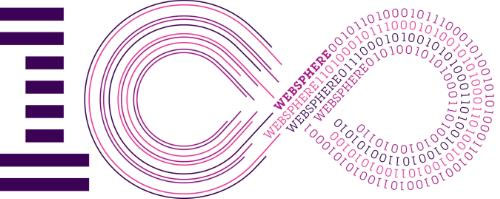How to Deal with White Collar Crime
During Fraud Awareness Week, Centrifuge Systems will be highlighting a series of anti-fraud industry stories and free videos that educate fraud analysts on how to leverage visual network analytics to create richer investigative profiles for early detection of criminal networks.
Visual network analysis solutions help organizations discover insights, patterns and relationships hidden in public, cloud, enterprise data and social networks. Centrifuge Visual Network Analytics is used for rich profiling and criminal discovery in retail theft, insurance claims fraud, financial crimes analysis and even counter-terrorism and homeland defense.
Centrifuge Systems announced that it will be participating in International Fraud Awareness Week, Nov. 6-12, 2011 as an official supporter to promote anti-fraud awareness and education. The spotlight during this week is on white collar crime.
[ Also Read: How to Use E-Governance to Deal with Corruption ]Fraud Awareness Week comes during a time when organizations around the world lose an estimated five percent of their annual revenues to fraud, according to a study conducted by the Association of Certified Fraud Examiners (ACFE).
Centrifuge Systems has partnered with the ACFE, the world’s leading anti-fraud organization and premier provider of anti-fraud training and education, in a commitment to proactively fight fraud and help safeguard business and investments from this growing problem.
CEO of Centrifuge Systems, Renee Lorton, believes existing technology solutions fall short of mapping the relationships that really matter in detecting hidden crimes of collusion, the specific types of fraud that involve complex networks and behaviors.
[ Also Read: Nine Signs You’re Working in a Sick Company ]In its 2010 Report to the Nations on Occupational Fraud & Abuse, the ACFE found that:
Fraud schemes are extremely costly. Survey participants estimated that the typical organization loses 5% of its annual revenue to fraud. The median loss caused by the occupational fraud cases in the ACFE study was $160,000. Nearly one-quarter of the frauds involved losses of at least $1 million.
Schemes can continue for months or even years before they are detected. The frauds in the study lasted a median of 18 months before being caught.
Occupational fraud is a global problem. Though some findings differ slightly from region to region, most of the trends in fraud schemes, perpetrator characteristics and anti-fraud controls are similar regardless of where the fraud occurred.
Fraudsters are not typical “repeat offenders”. More than 85% of fraudsters in the study had never been previously charged or convicted for a fraud-related offense.
The 2010 Report to the Nations is available for download online through a link at the Centrifuge web site at www.centrifugesystems.com.






